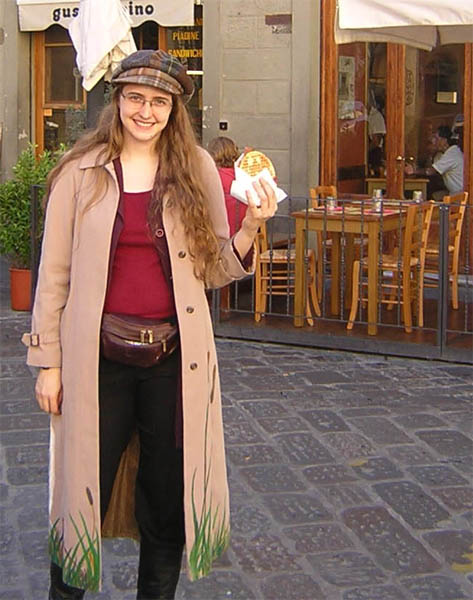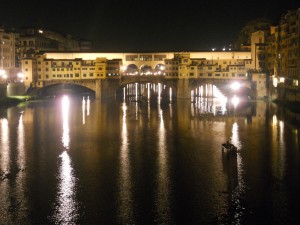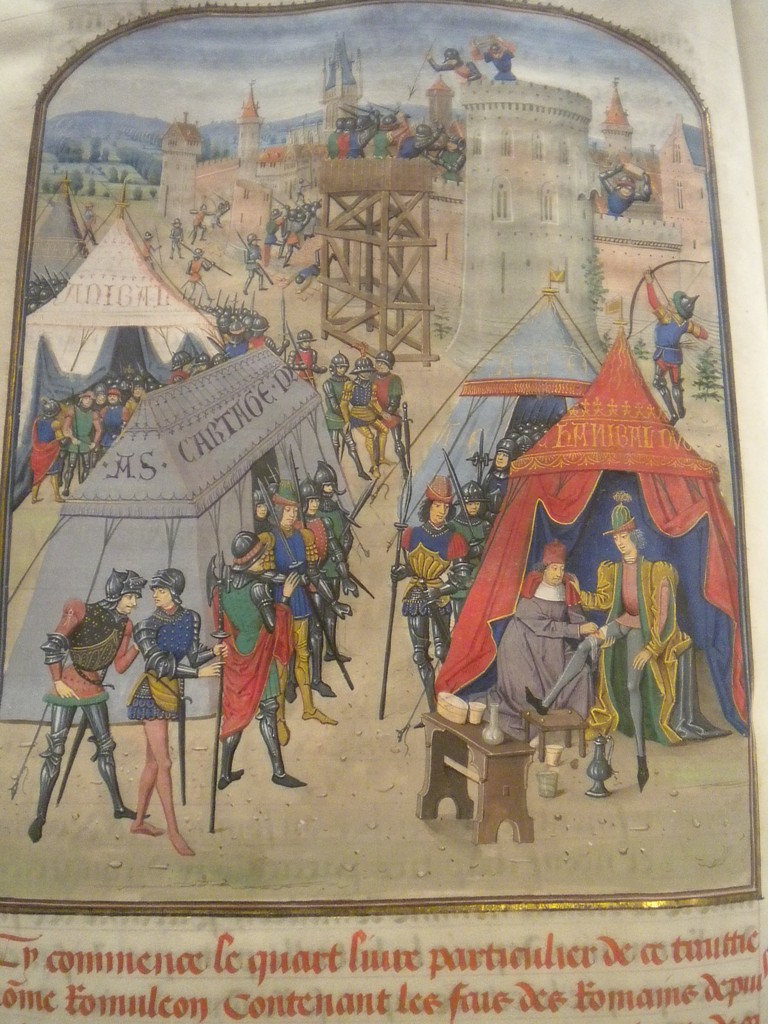Hello, Everyone: I’m Ada Palmer.

Hello, all. I am happy to announce that some recent, positive life changes mean that I’m now sufficiently comfortable in my career that I don’t feel I need to keep this blog anonymous anymore.
So, here I am: Ada Palmer, historian, a writer, composer. I am an Assistant Professor in the History Department of Texas A&M University, where I teach mostly the Italian Renaissance, and long-term intellectual history. My first academic book, Reading Lucretius in the Renaissance, which talks about the rediscovery of classical science in the Renaissance and its impact on science and religion, is coming out in Summer 2014 from Harvard University Press. I also write science fiction and fantasy, and I am delighted to announce that my first science fiction novel is coming out from Tor Books in 2015.
I also compose and perform a cappella music for the a cappella folk group Sassafrass. Our big Viking mythology project, Sundown: Whispers of Ragnarok, should be released on CD and DVD this summer (thanks to Kickstarter, hooray!). And on the side I write Ex Urbe, and sometimes write articles or book introductions about anime and manga (another area I research). I sometimes work as an historical consultant for various manga and anime companies. It’s an eclectic mix, but that’s what generates the eclectic mix of topics, and approaches to topics, that I explore here. For me, writing Ex Urbe is fun because it lets me share and explore the exciting things I run across and think about during my history research and teaching, but in a more freeform and open way, without the constraints of academic publishing, not to mention its infinite delays.
In other fun news, I am now blogging for Tor.com. I have two posts up now, one on Ragnarok and one on horror manga. From now on, I will add links here whenever I have a new Tor.com post, and I will also make little announcements as my various publications approach, so you can see whether you think you’d enjoy the historical monograph, or the music, or the novels. And I hope that seeing how much I’m doing will help you understand why I update Ex Urbe fairly rarely. If there’s a long gap between entries, you can assume it’s because there’s either a research trip or a deadline for some exciting project on my plate, and henceforth I’ll post from time to time to tell you what those projects are. You can also follow me on Twitter (Ada_Palmer); I use it rarely, either for announcements or to share fun history things.
The “About” page has been updated with this info. For more, please visit AdaPalmer.com.
And this seems like a good moment to thank you all for reading, and for the many enthusiastic comments and e-mails I have received over the past years. Ex Urbe is a substantial amount of work, and when deadlines press it sometimes gets hard for me to convince myself that it’s worthwhile to take time away from grading and copy edits to write blog entries. But the enthusiastic feedback here, combined with the genuinely stimulating responses and discussions that get going in the comments, continually re-convince me that this too is a very valuable way I can contribute to the Great Conversation. I think Socrates agrees.
And now I shall leave you to enjoy the second installment of my Sketches of a History of Skepticism series, which I posted a few seconds ago.




